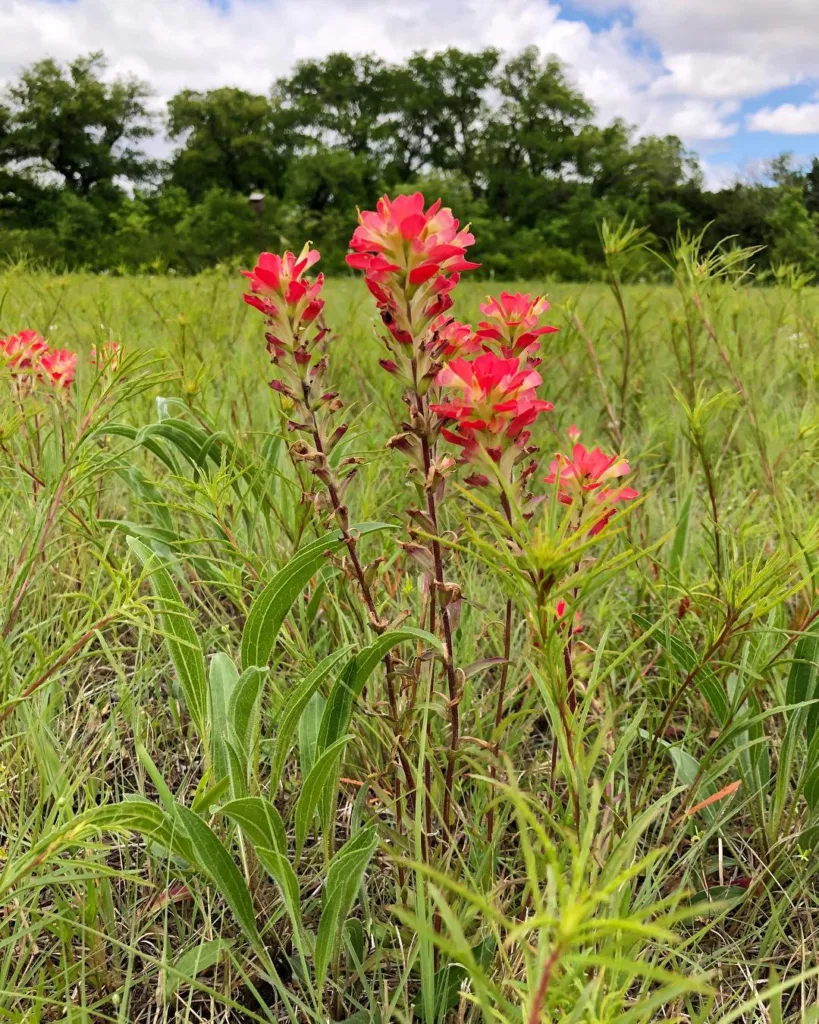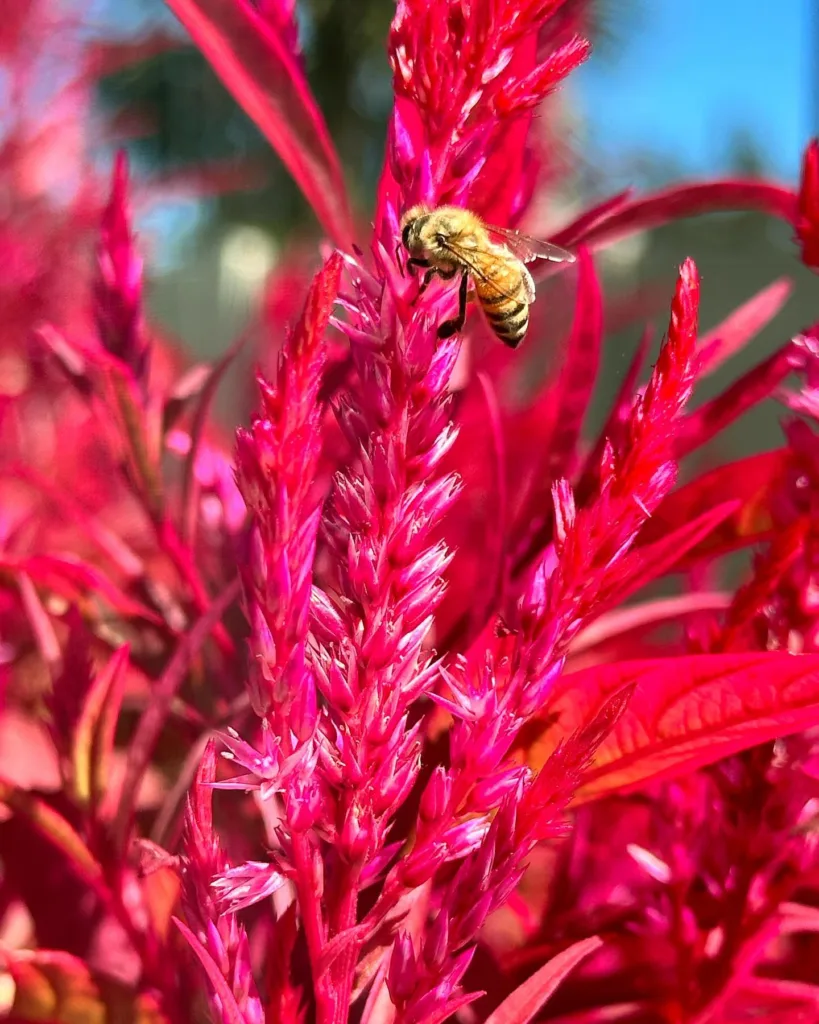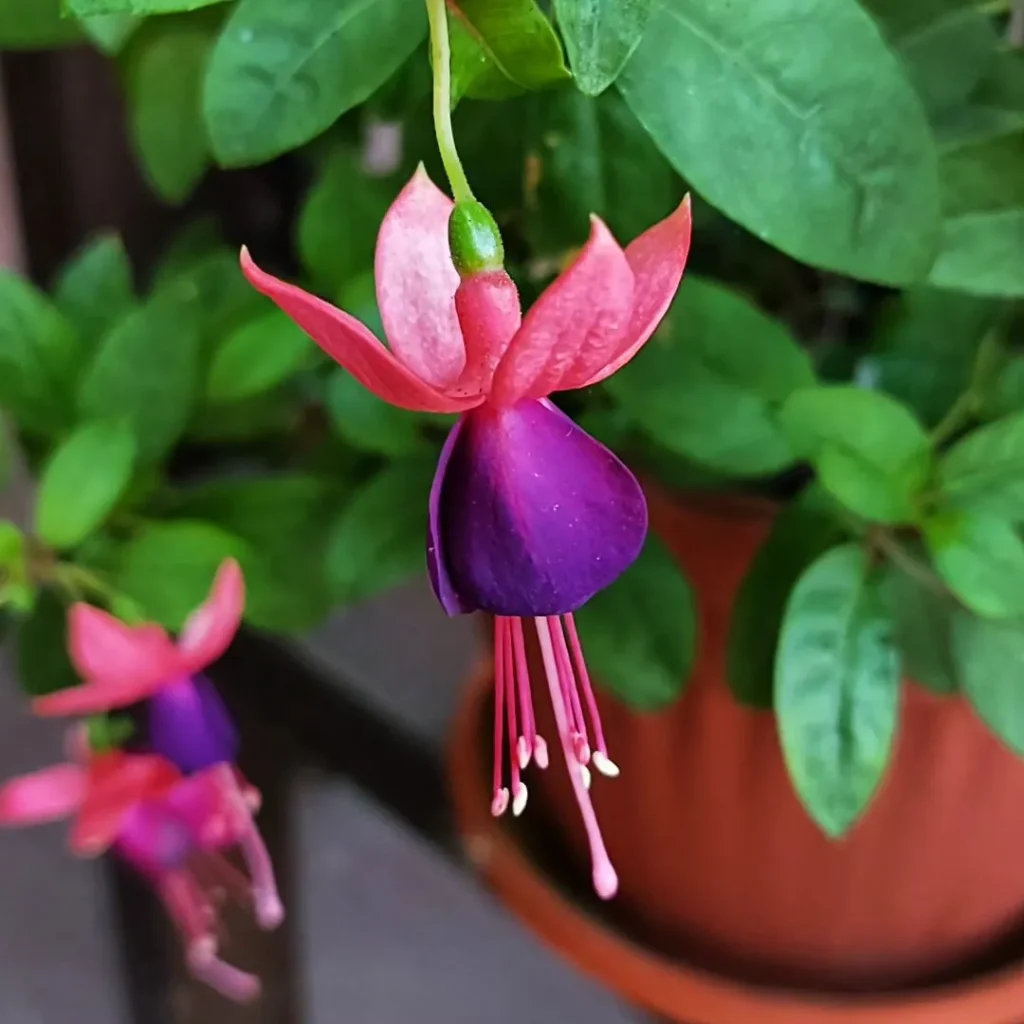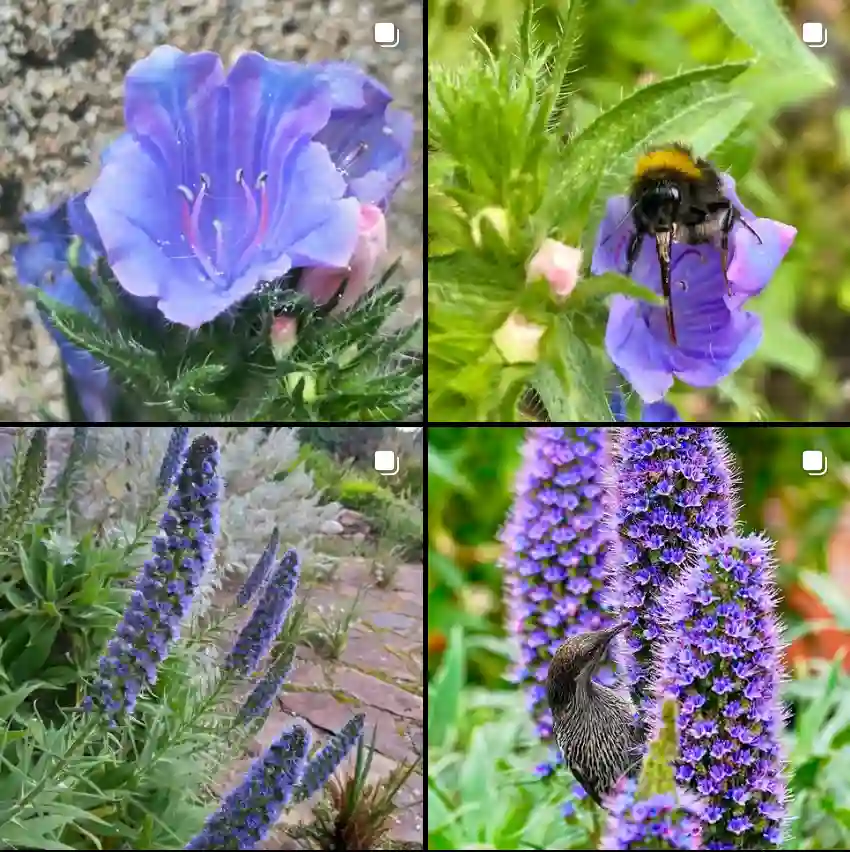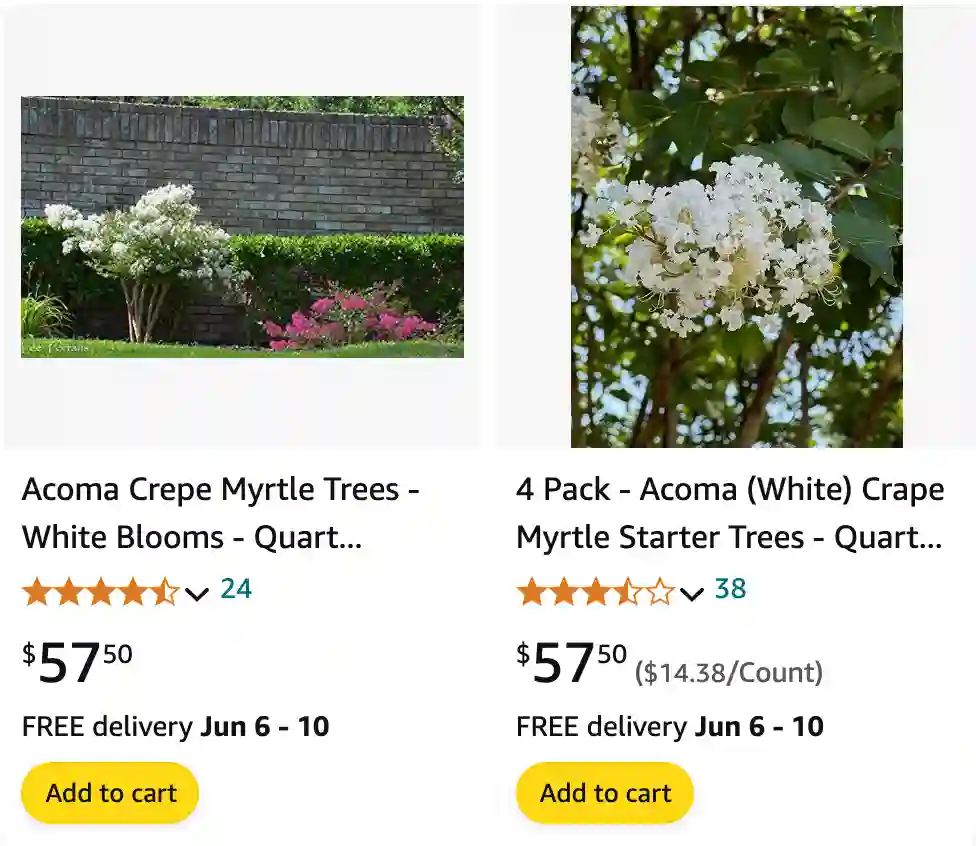
Acoma Crape Myrtle: A Showstopper in My Garden
The Acoma Crape Myrtle has become a superstar in my garden. Its delicate white blooms cascading down weeping branches are a sight to behold, and its low-maintenance nature makes it a gardener’s dream. But before I dive into my experience with this beauty, let’s answer some key questions.
How Big Do Acoma Crape Myrtles Grow?
Unlike its towering cousins, the Acoma Crape Myrtle is a more manageable size. It typically reaches a height of 7 to 10 feet, with a spread of 8 to 10 feet. This makes it a perfect choice for smaller gardens or planting near walkways. While some consider it a shrub due to its bushy form, others categorize it as a small tree thanks to its single trunk and weeping branches.
Acoma Crape Myrtle vs Natchez
Acoma’s delicate white blooms against Natchez’s vibrant pink flowers left me torn—I loved the soft elegance of Acoma, but Natchez’s bold color stole my heart.
Acoma Crape Myrtle vs Dogwood
Acoma’s compact size and prolonged blooming season made it ideal for my smaller garden, whereas the Dogwood‘s spreading branches and distinctive flowers added a picturesque charm that drew more attention.
How to plant Acoma Crape Myrtle?
Planting your Acoma Crape Myrtle is a breeze. Choose a location bathed in sunlight – at least 6 to 8 hours a day is ideal. These sun-worshippers thrive in well-drained soil, so if your garden bed leans towards clay, amend it with some compost or sand for optimal drainage. Dig a hole twice the width of the root ball and slightly deeper. Gently remove the crape myrtle from its container and loosen any circling roots. Place it in the hole, ensuring the root flare (the area where the trunk meets the roots) sits slightly above the soil level. Backfill the hole, water deeply, and add a layer of mulch around the base to retain moisture and suppress weeds.
Pruning for a Flourishing Acoma Crape Myrtle
While Acoma Crape Myrtles are relatively low-maintenance, a strategic pruning session each year can enhance their beauty and health. The best time to prune is during the late dormant season, ideally between late fall and early spring before new growth emerges. Focus on removing dead, diseased, or damaged branches. You can also shape the crape myrtle to encourage a bushier form or remove lower branches to create a more tree-like structure. Remember, avoid the drastic crepe murder pruning practices you might see – it can harm the plant and reduce flowering.
Complementary Companions for Your Acoma Crape Myrtle
With its elegant white blooms, the Acoma Crape Myrtle can be a wonderful focal point in your garden. But why not create a stunning display by planting complementary companions around it? Here are a few ideas:
- For a burst of color: Lavender with its fragrant purple blooms or Russian Sage with its spiky blue flowers would create a delightful contrast.
- For textural interest: Ornamental grasses like Pink Muhly Grass with its feathery plumes or Blue Fescue with its steely blue foliage would add a touch of movement and softness.
- For year-round interest: Evergreen shrubs like Emerald Green Arborvitae or variegated Holly will provide visual interest even during the winter months when the crape myrtle is dormant.
When Do Acoma Crape Myrtles Bloom?
Get ready to be mesmerized! The Acoma Crape Myrtle typically puts on a show-stopping display of blooms from mid-summer to early fall. These delicate crepe paper-like flowers, in a stunning pure white, cascade down the weeping branches, creating a truly captivating sight.
Beyond the Basics: My Acoma Crape Myrtle Journey
My Acoma Crape Myrtle has become a cherished part of my garden. Its low maintenance needs are a blessing, especially during busy weeks. A quick watering during dry spells and a mindful pruning session each winter are all it takes to keep this beauty thriving. The vibrant white flowers against the lush green foliage are a constant source of joy, attracting butterflies and adding a touch of elegance to my outdoor space. If you’re looking for a low-fuss plant with a high impact, the Acoma Crape Myrtle might just be your perfect garden companion.
If i die, water my plants!
